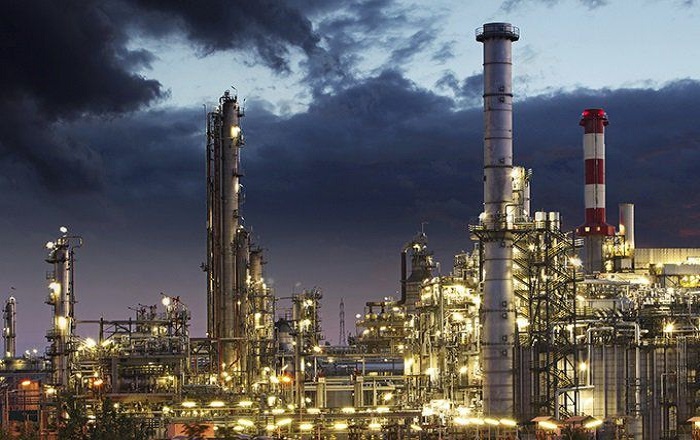The shale gas and oil industry is booming in many parts of the world. With new technologies and processes, companies can access previously inaccessible reserves. This has resulted in a surge in production and increased demand for these resources. We will look at how the shale gas and oil industry is growing and the implications for the global energy market. We will explore the key drivers behind this growth and examine the challenges that it presents. Finally, we will examine the potential of this industry for the future.
Read More Article: Bobby Lee Koricanek
Discoveries of Shale Gas and Oil
As technology has advanced, more and more energy companies have begun to explore the possibilities of shale gas and oil. Discoveries of shale gas and oil reserves have increased dramatically over the last decade, with estimates showing that there could be up to 1000 trillion cubic feet of natural gas and 1.5 trillion barrels of oil contained in U.S. shale basins.
This means that the industry is growing rapidly as the exploration and development of shale reserves continue to increase. Companies are exploring new technologies to efficiently and safely extract resources, such as hydraulic fracturing and horizontal drilling. In addition, advanced techniques are used to identify reserves, allowing companies to make more informed investment decisions.
The increased demand for shale gas and oil has also led to increased employment opportunities in the industry. Many oil and gas workers have found new roles with the emergence of shale, providing them with long-term job security.
Overall, the shale gas and oil industry is growing at an incredible rate. With technological advances allowing for more efficient extraction of resources and increased employment opportunities, it’s clear that this sector is here to stay.
The Utilisation of Hydraulic Fracturing and Horizontal Drilling
The shale gas and oil industry have seen tremendous growth in recent years. This is partly due to horizontal drilling and hydraulic fracturing, or fracking. These methods allow for natural gas extraction from shale deposits that would otherwise remain untapped.
Horizontal Drilling
Horizontal drilling is a method of drilling down into the Earth and then turning the drill sideways. This allows for access to greater amounts of gas and oil as well as an increased range of extraction. Hydraulic fracturing, or fracking, is then used to increase the flow rate of gas and oil by forcing water, sand, and chemicals into the rock formation. This breaks up the rock, allowing more access to trapped natural gas and oil.
While the shale gas and oil industry has been a boon to the US economy, it has also been met with criticism. Concerns have been raised regarding the safety of fracking and its potential environmental impacts. These issues must be addressed to ensure that the benefits of this industry are enjoyed without compromising public health and safety.
Related Article: Bobby Lee Koricanek
The Economic Benefits of the Shale Gas and Oil Industry
The shale gas and oil industry have seen tremendous growth in recent years, with increased production and consumption. This growth has been driven by technological advances that have improved the efficiency of drilling and extraction techniques. As a result, the industry has provided more energy to the world at a much lower cost.
The shale gas and oil industry also have positive environmental implications. Increased energy production from cleaner sources reduces emissions and helps reduce the effects of climate change. Furthermore, new technologies are being developed to reduce the amount of water and wastewater used in extraction processes, reducing their environmental impact.
Finally, the shale gas and oil industry have the potential to provide significant economic benefits to communities in the form of royalties and taxes. By investing in this industry, communities can reap the rewards of increased revenue while still supporting clean energy sources.
Overall, the shale gas and oil industry provide substantial economic benefits to consumers, businesses, and communities. With new technologies continuing to improve their efficiency and reduce its environmental impacts, there’s no doubt that this industry will continue to grow for years to come.
The Environmental concerns of the Shale Gas and Oil Industry
The shale gas and oil industry have grown significantly in recent years, with the promise of energy independence and job creation. However, it has come with a cost. With this growth comes environmental concerns that must be addressed.
The shale gas and oil industry rely on hydraulic fracturing or fracking. This process involves pumping water, sand, and chemicals into underground shale rock formations to release trapped natural gas. This process can contaminate groundwater and potentially contribute to air pollution. There have also been reports of methane leaks in some areas where fracking occurs.
Additionally, fracking requires large amounts of water, which can be a problem in regions with a water shortage. Additionally, it can disrupt the environment by altering ecosystems and disturbing wildlife habitats.
Despite the environmental concerns associated with the shale gas and oil industry, many believe it is an integral part of the energy mix in the United States. The industry has created jobs, increased economic growth, and helped reduce our dependence on foreign energy sources. While there are still risks associated with the shale gas and oil industry, there are ways to mitigate them by using new technologies and enforcing stricter regulations.















































